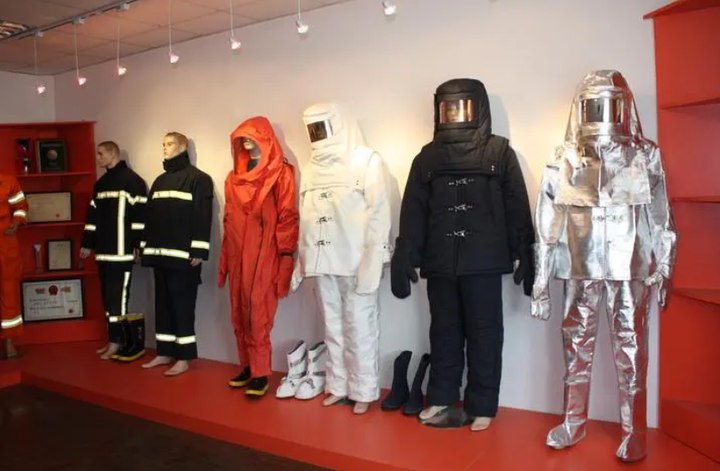As safety awareness continues to rise, the global consumption of protective clothing is experiencing a steady annual increase. Protective clothing is an important category of safety textiles and serves as crucial personal protective equipment, with a demand for over a hundred million sets annually. Moreover, this demand is growing at a double-digit rate each year. Protective clothing is widely applied in industries such as petroleum, chemicals, metallurgy, shipbuilding, firefighting, military, and in places with open flames, sparks, molten metals, and flammable substances.
In developed countries, advanced technology and economic prosperity, combined with a strong focus on the safety protection of personnel in hazardous work environments, have led to the universal adoption of high-tech permanent flame retardant composite fabrics in protective clothing. These new types of protective clothing are extensively used not only as specialized military uniforms but also in various professional garments for industries such as aerospace, firefighting, riot police, racing, petrochemical fire protection, and electrical workwear.
The international trend in protective clothing development is for the outer layer to possess permanent flame retardant and fire-resistant properties, while also featuring excellent waterproof and breathable characteristics, good thermal insulation, and antistatic properties, with a focus on wearing comfort.
Moreover, special protective performance requirements need to be added based on different usage environments. For example, welding clothing requires additional protection against the impact of molten metal droplets, firefighting clothing needs increased resistance to radiation and waterproofness, and protective clothing for petrochemical and coal mining must enhance its antistatic properties.
In the future, protective clothing will be made from more new synthetic materials, integrating fire resistance, chemical resistance, and breathability, while focusing on wearing comfort. Internal continuous working microclimate regulation equipment will be incorporated, making the overall product lighter and more user-friendly.
With more countries increasing investment in and policy support for workplace safety, corresponding safety protection has become an important guarantee for production safety and emergency operations. Safety protection is crucial for personal safety in hazardous work environments, including fire fighting, police, military, as well as the protection of workers in steelmaking, welding, exploration, mining, petrochemical, and power industries. Developed countries have consistently placed great emphasis on the development of this field. Data shows that the output of China’s flame retardant clothing industry accounts for approximately 40% of the country’s overall safety protective clothing industry output, and this percentage is expected to increase in the future.
In recent years, the global flame retardant textile market has exhibited rapid growth, with significant increases in market demand for flame retardant fibers and fabrics. This trend is expected to continue over the next five years. The application scope of new types of protective clothing and flame retardant composite fabrics is extensive, with high added value and excellent social benefits. The market growth rate has surpassed that of traditional textile industry development, and its application scenarios are expected to continually expand in the future.
In conclusion, the flame retardant clothing industry is experiencing robust growth driven by increasing safety awareness and technological advancements, with promising prospects for continued expansion and innovation in the future.



